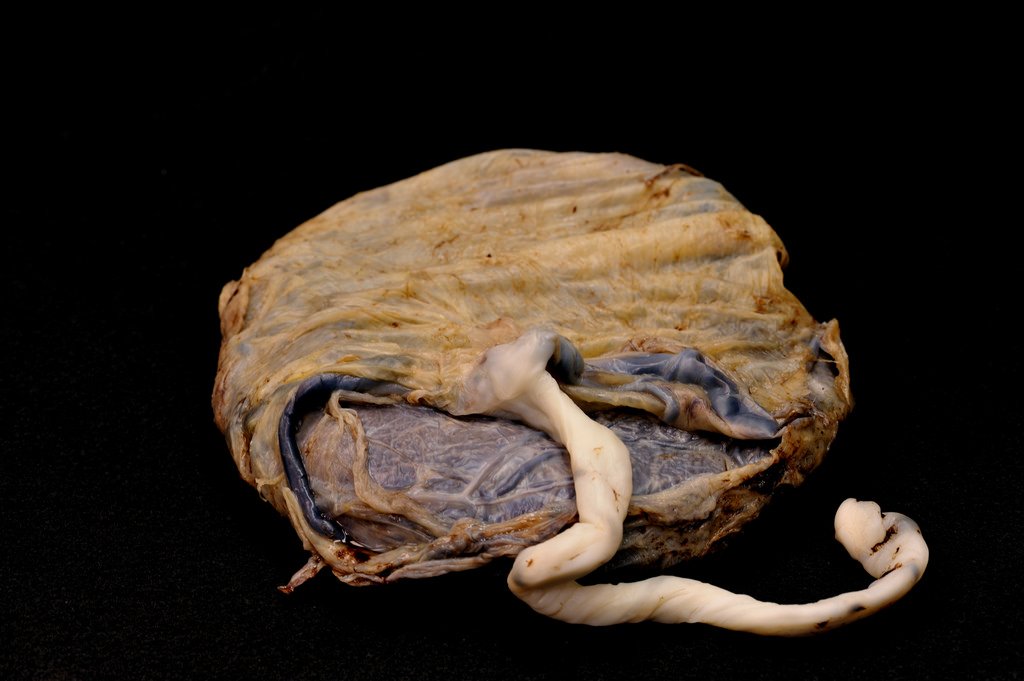Understanding Cerebral Palsy; The Most Common Motor Impairment In The Paediatric Population
Table of Interests
Today, you and I will quickly take a look at the topic “Understanding Cerebral Palsy; The Most Common Motor Impairment In The Paediatric Population“.
This has become necessary as we have sen overtime that several individuals have been searching for topics related to the above topic Understanding Cerebral Palsy; The Most Common Motor Impairment In The Paediatric Population.

However, if you are among those that have been searching for answers to [cerebral palsy types, cerebral palsy symptoms, cerebral palsy definition, cerebral palsy causes, cerebral palsy diagnosis, cerebral palsy in children, cerebral palsy pdf, understanding cerebral palsy a guide for parents and professionals, Understanding Cerebral Palsy; The Most Common Motor Impairment In The Paediatric Population], then you can see that you are not the only one.
Nonetheless, you shall get all this information right here on this blog.
Understanding Cerebral Palsy; The Most Common Motor Impairment In The Paediatric Population

Cerebral palsy is a debilitating disorder.
Compared to the other disease which can contribute to motor impairment in the paediatric population, cerebral palsy is the most prevalent ailment.
The incidence was determined to be at 2 per 1000 birth which is considered quite frequent if you are not familiar with statistics. The causes can be divided into 3 which are:
- Antenatal (80%)
- Intrapartum (10%)
- Postpartum (10%)
When it comes to the pattern of inheritance, there are a few studies which have been conducted in the past to identify any link which can contribute to the development of this ailment.
Even though preterm babies are the leading risk factor for developing CP, genetic studies determine the chances for the manifestation of the disease which is caused by genetic predisposition among preterm babies (24%) are low compared to a term baby which can be as high as 48%.
Babies who inherit the defective genes are prone to inflammatory processes which can impose a significant damage to the brain causing cerebral palsy.
The pattern of inheritance is said to be autosomal recessive but it still within a grey area of medicine.
In 2005, a study was conducted on a family with 9 children, all of them are affected with congenital CP.
Just imagine, most of the parents struggled to raise a child with CP; can you do 9? Through a series of genetic studies and meticulous effort of working on chromosomal analysis have determined a defective gene coded in the 9th chromosome of the paternal side.
If you are wondering whether the father had CP or not, the answer is no. He is healthy as a horse.
This can be possibly explained by the pattern of gene activation.
The gene was said to be dominant from the paternal side, so regardless of the healthy genes from the maternal side, all of their children are affected by the genetic consequences.
The possible explanation can be that the father inherited the defective genes from his mother, which made him healthy as the determinant was the paternal gene.
It is worth noting that, this is a hypothesis which is backed by evidence, it can be wrong but for now, it’s highly probable.
The defective genes are said to be one of the most important components of a healthy neurocognitive development which can reduce greatly if the body is exposed to stressful events such as fetal hypoxia and premature birth.
- Spastic CP
- Ataxic hypotonic CP
- Dyskinetic CP
The most common type is the spastic CP which can be further divided into 3; hemiplegia, diplegia and quadriplegia.
For those who didn’t understand the terms, hemiplegia concerns with the weakness/paralysis of the one side of the body (right side or the left side), diplegia concerns with weakness or paralysis of the symmetrical body parts such as arms or legs. Quadriplegia, on the other hand, meant weakness or paralysis of all of the four limbs.
The type of CP would be determined by which of the brain’s components are damaged; spastic (Pyramidal and corticospinal tract of the brain), dyskinetic (extrapyramidal pathway) and ataxia (cerebellar).
Risk factors and mechanisms which lead to cerebral palsy
Well, if you’ve opened any paediatric textbook and flipped to the page which they explained about cerebral palsy, then you will know that there are a lot of risk factors which can lead to CP. I will only explain four of them which are:
- Any complications caused by problems related to pregnancy
- Multiple pregnancy
- Associated congenital malformation
- Perinatal stroke
Preterm delivery has been an important cause of CP and the percentage of risk of developing CP reduces as the gestational week increases.
If you unclear, I will give you an example.
The chances for a preterm baby who has been delivered when they were at 28 weeks of pregnancy, well maybe a week earlier than that, to develop CP is 83 out of 1000 births.
If they were delivered between 24th to 26th week of pregnancy, the prevalence can be as high as 150 out of 1000 births.
However, if the baby was delivered at 36th week of pregnancy, the risk of developing CP significantly reduced to 1.5 out of 1000 births.
Babies which are delivered prematurely have underdeveloped organs which lead to disruption of physiological processes to survive. They were prone to infection and brain damage which made them highly likely to develop CP.

There are various of conditions in pregnancy which can affect the placenta which is an important organ for a foetus as it performs a wide range of functions to ensure the survival of the foetus.
See Other Articles People Are Reading
- Cry Me A River – From Biology To Psychology Of Tears
- Redefining ‘Health’ For The 21st Century | Health Care Changes In The 21st Century
- Missile Technology – The Weapon Of Destruction
- Discussing Day-to-Day Fear | Types Of Fears & How To Overcome Them
- Electromagnetism – Antenna Radiation Patterns | How To Read Antenna Radiation Patterns
- Do Robots Really Have Emotions? | Can Artificial Intelligence Feel Emotions?
The problem that can arise from the disruption of functions usually performed by the placenta is an underweight baby or usually known as the foetal growth restriction.
It has been proven by a few studies regarding the association of CP and babies with low birth weight. So, how much is considered low? Low birth weight can be defined as the neonatal weight of less than 2500g.
There are a few subcategories under the low birth weight but the most extreme one would be very low birth weight (less than 1500g).
There are a few parameters which can be used to estimate the likelihood for a baby to be affected by CP based on the study conducted in Denmark in 2015:
- Head to abdominal circumference ratio
- Cephalic index
The most common defect that is relatable to CP is microcephaly (congenital). Microcephaly is the reduction of the head size as a result of an undeveloped brain.
In a more complicated case of CP, the patient would not only presented with signs and symptoms that indicate brain damage, but also heart defect and urinary problems.
This will impose a great problem in the future and the child might require various medical intervention to increase the quality of life.

Multiple pregnancy can increase the frequency of CP compare to a single pregnancy. Please note that multiple here doesn’t signify the frequency of pregnancy but the number of foetuses (twins, triplets and quadruplets).
The frequency of a twin pregnancy to yield CP was around 7.5 out of 1000 births which will increase in a triplets pregnancy (28 out of 1000 births).
In the case of co-twin death, meaning one of the two foetuses died, will increase the chances by the factor of 8 for the surviving foetus to develop CP.
This is due to the fact that the dead foetus would release various kind of chemical factors such as thromboplastin which is quite detrimental to the surviving foetus. In some cases, the brain damage was caused by emboli produced by the dead foetus.
The association between CP and perinatal stroke is still hazy.
There is no definite pathophysiological significance that can explain how a stroke that occurred perinatally can result in CP.
It can begin with an acute ischaemic stroke which later will develop into a full-blown CP but further investigations are needed to find some correlations between these two variables.
Management and prognosis
When it comes to management, it is important to involve as many people as possible to provide the best medical care for a CP patient in order to increase their quality of life.
A multidisciplinary approach is the best way to deal with patients and families who are struggling to accommodate the idea of living with CP.
We need to involve a wide range of speciality in order to yield the best outcome as possible.
Patients with CP would be dealing with lots of speciality in the future especially if they were diagnosed with any kind of congenital malformation; regular checkup, treatments which involved muscle relaxant and anti convulsant.
Psychiatric evaluation for parents is one of the useful options to ensure the well-being of the caregivers while taking care of children which require special needs such as in CP.
Depression has been an important psychological problem when it comes to deal with patients who need lifelong medical care. There are a lot of possible reasons:
- Financial instability
- Stigma towards the patient and the caregiver
- Social isolation
- etc.
According to a study which was conducted back in 2011, the risk of getting depressions among parents who have never been diagnosed with the condition before is quite significant (79% from the total sample).
This test was carried out by using the Beck Inventory score which yields results that are consistent with the findings from a research conducted by Turner and Sanders back in 2007.
Taking care of a patient who requires a lifelong medical intervention will cost a lot.

Frustration among the caregivers can result in mental breakdowns, negligence, domestic abuse and suicide. To overcome that, parents need to be educated and rehabilitated.
Joining a support group can help an individual a lot; by sharing problems with someone who has some experiences on that matters.
They should know other people struggle too as the result of abrupt routine changes brought by the CP patient but eventually, everything will become easier.
Cerebral palsy has no cure.
The only thing that matter is whether the patient will improve, become worse with time or stay the same in terms of their capability to survive in this world.
Providing a suitable job opportunity is one of the ways we can do to help them cope. People need to know it is important for us to help them thrive as part of the community. At least, every single one of us, no matter how disabled, deserves that chance.
That’s the much we can take on the topic “Understanding Cerebral Palsy; The Most Common Motor Impairment In The Paediatric Population“.
Thanks For Reading
See Other Articles People Are Reading
- Cry Me A River – From Biology To Psychology Of Tears
- Redefining ‘Health’ For The 21st Century | Health Care Changes In The 21st Century
- Missile Technology – The Weapon Of Destruction
- Discussing Day-to-Day Fear | Types Of Fears & How To Overcome Them
- Electromagnetism – Antenna Radiation Patterns | How To Read Antenna Radiation Patterns
- Do Robots Really Have Emotions? | Can Artificial Intelligence Feel Emotions?
Leave a Reply